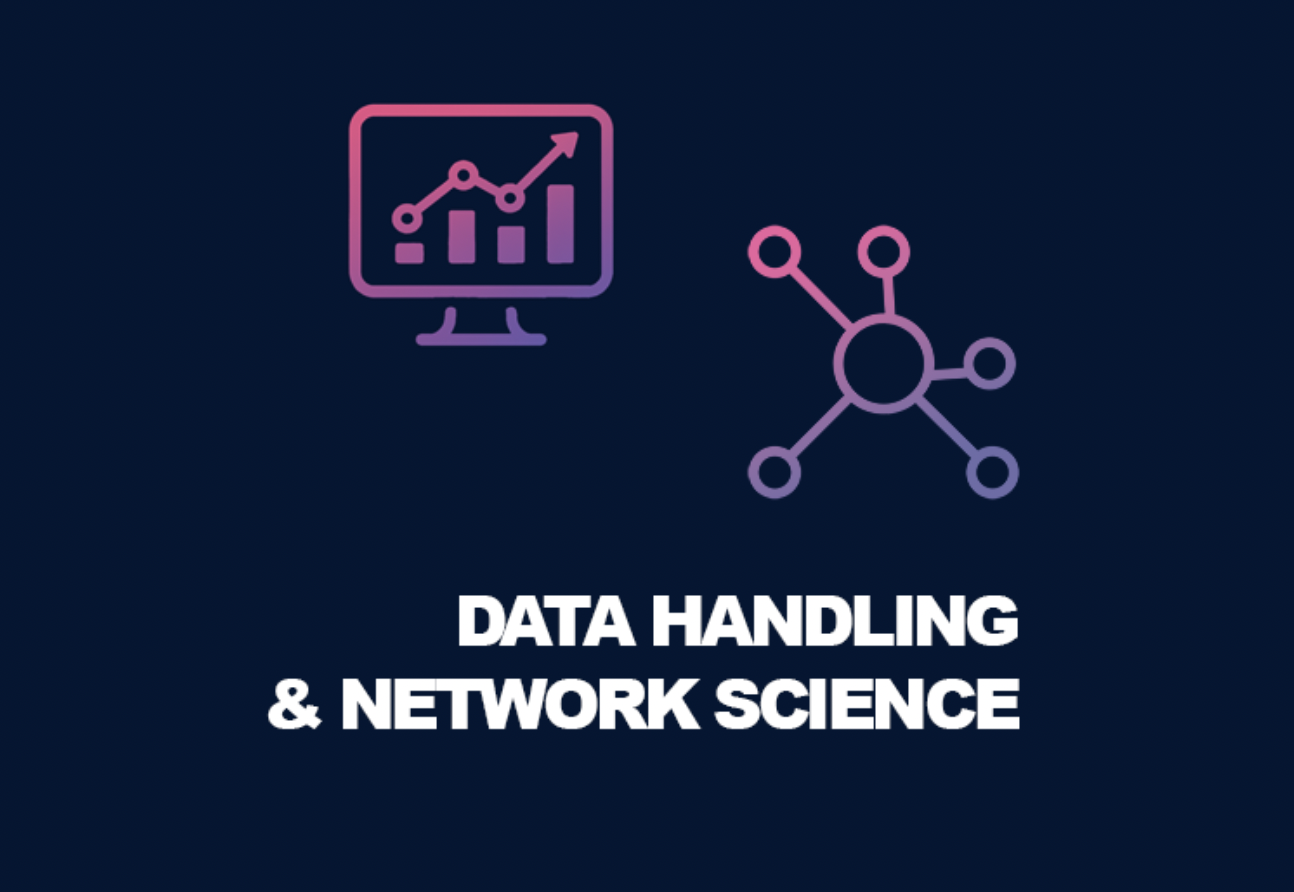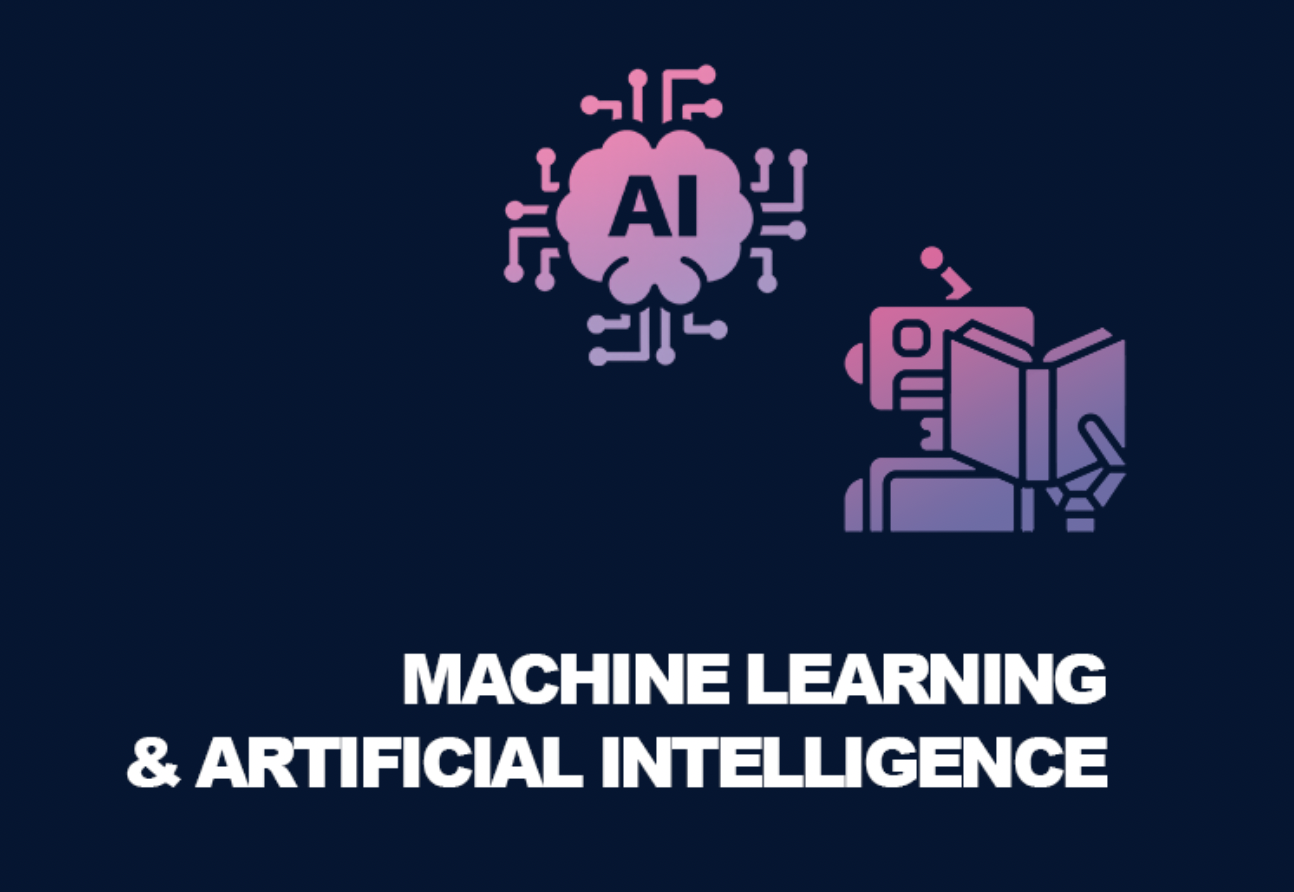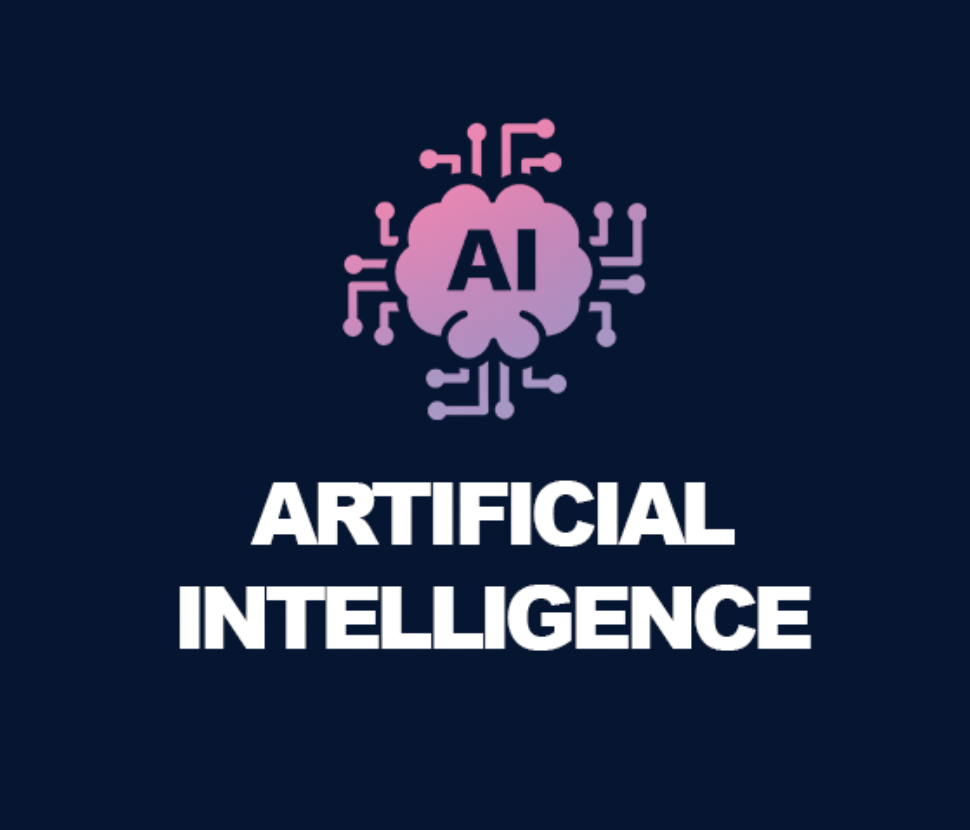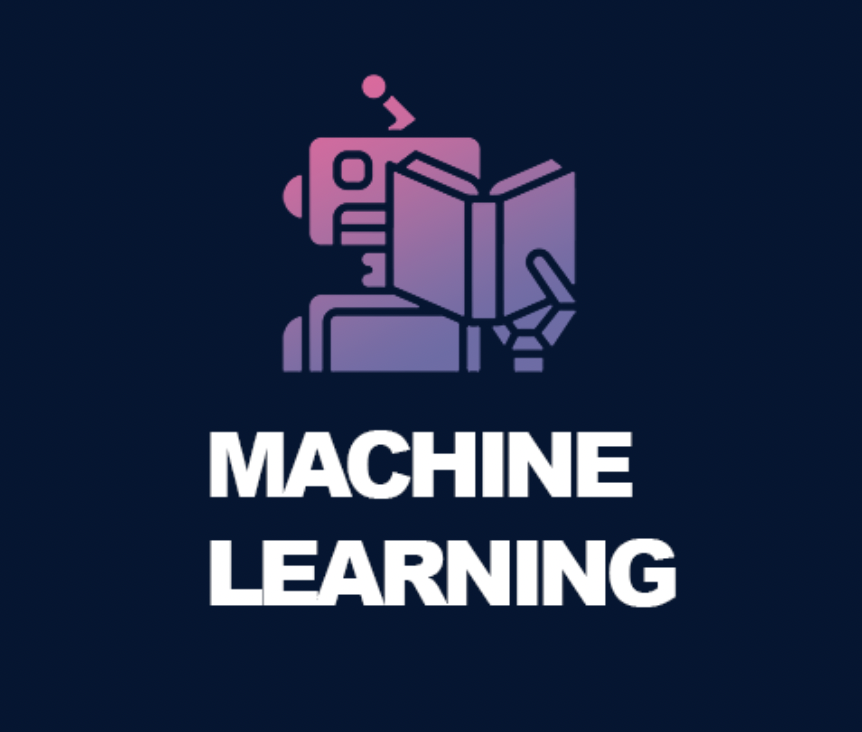FEATURED learning
Complete L2D Course
A complete course in Python programming, data science, network science, classical machine learning and AI. Our most popular course, approved for CPD by the Royal Society of Biology and the Federation of the Royal Colleges of Physicians.
Price: £1,500 + VAT





